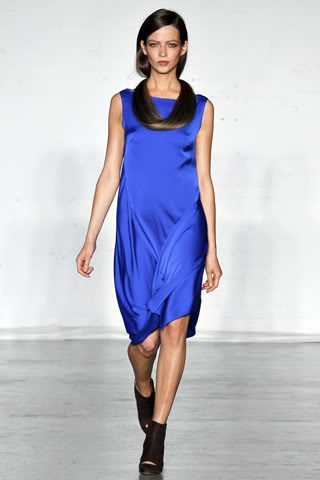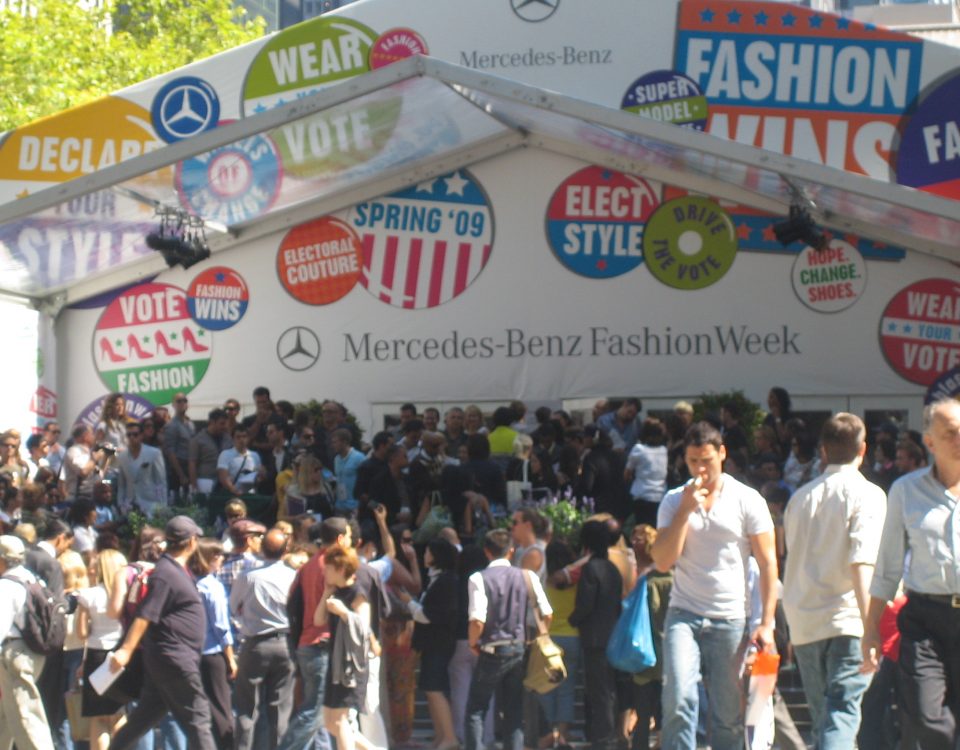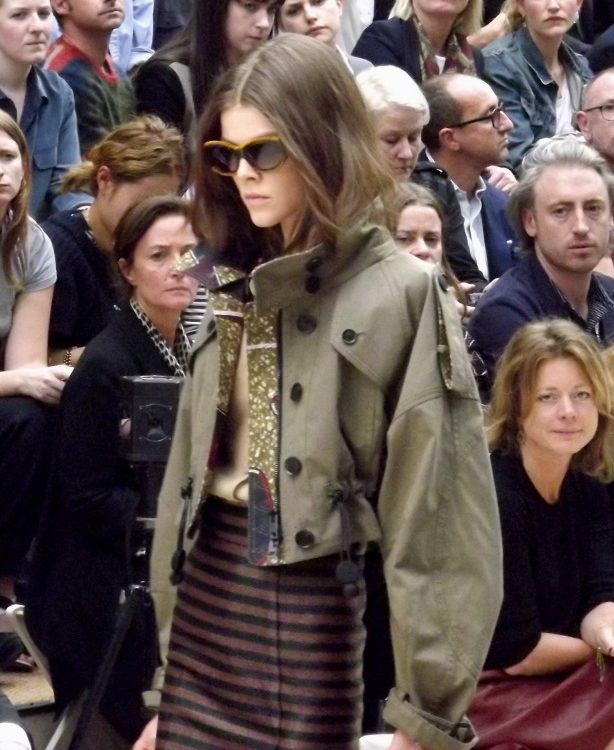A Day, A Decade

Weekend Getaway in Philadelphia
June 20, 2011
Paul Smith’s Quintessentially British Collection
September 8, 2011I was sleepy, disheveled with my polo shirt un-tucked from my rolled-up uniform skirt, likely finishing the remnants of a bagel and English homework. In fact, I know I hadn’t finished my homework, because I had spent the prior evening, September 10, practicing for my audition for the fall musical at the boys’ high school. I felt like my world would end if I didn’t get the role. Shortly after the morning prayer at my Catholic school just outside of D.C., my favorite English teacher–who encouraged my writing with my paper on The Odyssey–knocked on the classroom door and pulled my teacher out of class with important news. We were happy to have a few more minutes to review our reading in the event of a pop quiz. But, there wouldn’t be a pop quiz. There wouldn’t be an audition for another week, either, and the following afternoons would be spent gaping at the television.
I don’t want to be frivolous, but everything changed on September 11, 2001–including the fashion industry, as Eric Wilson writes in a poignant piece in the New York Times. September 11, as usual, fell during New York Fashion Week, but the rest of the events were canceled. However, Carolina Herrera, Vogue, and Style.com joined forces to put together a quiet and tasteful fashion show featuring eleven up-and-coming designers who had invested literally everything into one September week.
I don’t think I was aware of Fashion Week then, as “fashion” in my world consisted of the newest Abercrombie & Fitch slogan tee at dance rehearsal or a glittery top for a dance at the boys’ school. It turns out, however, that some of my favorite designers might not have had a chance if not for that small fashion show, titled “An American View.”
Maria Cornejo, designer of Zero + Maria Cornejo, was scheduled to hold her first runway show on the morning of September 11. She has an important place in my fashion journalism career, since I interviewed her in February 2009 for one of my Fashion Week articles (here and here). She has since become one of the country’s most innovative designers with her eye for geometry–and one of First Lady Michelle Obama’s favorite designers, too.
Rebecca Taylor was likewise scheduled to hold her runway show on the morning of September 11. She was already at the tents at Bryant Park when Fashion Week was shut down, she told Wilson. She’s now one of the most popular contemporary designers, and I have more than a few of her feminine but fashion-forward pieces in my closet. According to her press rep, Rebecca Taylor’s Spring 2012 look is “contemporary, fresh, and ethereal”–and in my opinion, reflects a fresh decade.
You could argue that a fashion show was frivolous in the days following September 11. As Ms. Cornejo said, however, the fashion show as “a way to unify people and work together.” Indeed, it was also a way to prove that Americans would not shut down.




